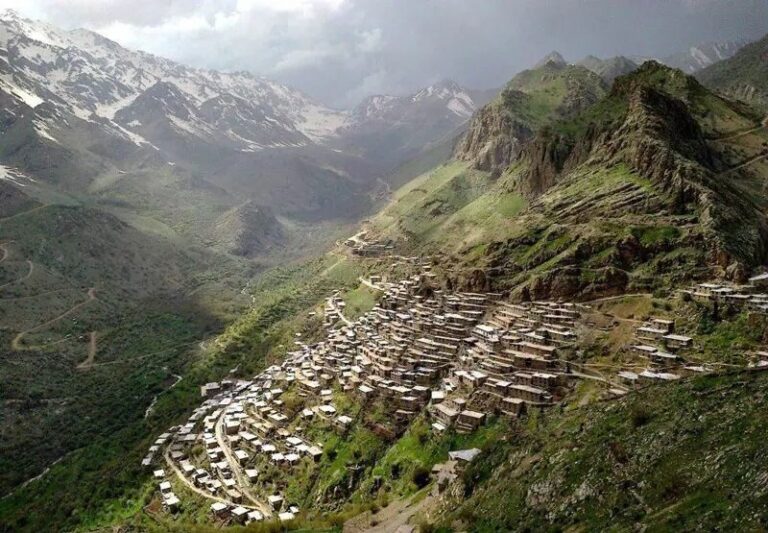Tehran – Paveh, a city in western Iran known for its rich cultural heritage, is trying to attract more tourists with its diverse attractions, especially in the field of religious and cultural tourism.
On Sunday, Hadi Sharifi, head of Pave’s cultural heritage, tourism and handicrafts office, highlighted the untapped potential of the city’s tourism services.
He stressed that the religious and historical tourism aspects of Pavé have not received enough attention so far, prompting efforts to introduce these treasures to a wider audience.
In an interview with ISNA, Sharifi gave one example: “Ulamanat and its surrounding areas, which are registered by UNESCO, have many forms of tourism.”
“In recent years, ecotourism and rural tourism have flourished in Ulamanat, thanks to its unspoiled beauty, untouched natural landscapes and unique rural villages.”
Sharifi highlighted the rich tourism potential of Ulamanat in Kermanshah, noting that the region is rich in historical and religious sites, waiting to be explored in parallel with other forms of tourism. said.
Sharifi further emphasized the preservation of ancient traditions by the residents of Ulamanat, which he said helps attract many tourists every year to witness the region’s rich rituals and customs. “As a result, cultural tourism is gaining momentum in the region.”
He specifically mentioned Paveh’s four historic mosques dating back to the early Islamic period, which boast unique architecture and national recognition.
The official further emphasized that a historical manuscript of the Holy Quran exists in a rural mosque in Pave, which is recognized at the national level and is open to tourists.
“There is also an open-air mosque in Pavé that has a history of more than 300 years.Local people continue to offer prayers at this mosque, which is located next to an ancient plane tree that is a national heritage site. It has become an attractive and unique attraction for tourists.
Sharifi also mentioned the presence of several shrines, including Imamzadeh, among the city’s religious tourist attractions.
Stretching out on the slopes of Sarvabad province in the heart of the Zagros Mountains and across the western Iranian provinces of Kordestan and Kermanshah, the Ulamanat cultural landscape includes hundreds of villages, 106,000 hectares of land, and 303,000 hectares of land. Contains the surrounding land.
Archaeological finds dating back some 40,000 years, caves and rock shelters, along ancient paths and valleys, motifs and inscriptions, cemeteries, mounds, castles, settlements and other historical evidence date from the Paleolithic period to the present day. proves the continuity of life in the Ulamanat region. current time.
According to the United Nations agency, Ulamanat is exceptional evidence of the cultural traditions of the semi-nomadic agro-pastoral lifestyle of the Hawrami, a Kurdish tribe that has lived in the Zagros Mountains for thousands of years. This great cultural tradition is based on ancestral migration practices, the seasonal Khabar lifestyle, traditional knowledge of steep-slope rice terrace agriculture, soil and water management, planning and construction of steep-slope rice terrace villages, and diverse It is manifested in intangible heritage rich in sexuality. All reflect a harmonious coexistence with nature.
morning

